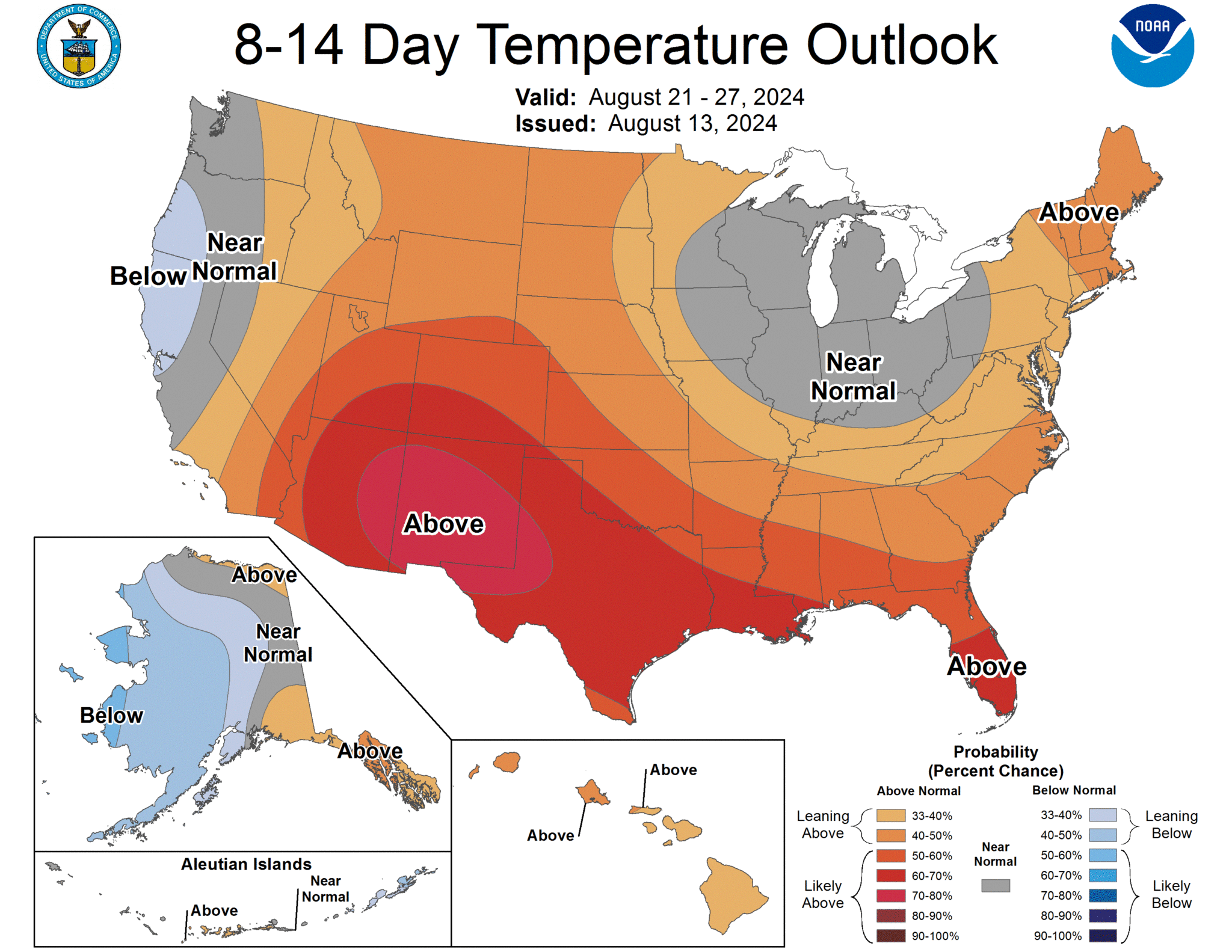
August is in full swing, and schools are back in session, but let’s remember that it’s still summer, meteorologically-speaking!

August is in full swing, and schools are back in session, but let’s remember that it’s still summer, meteorologically-speaking!

The vast majority of corn has long ago completed pollination. There are the late-planted fields that have yet to do so.
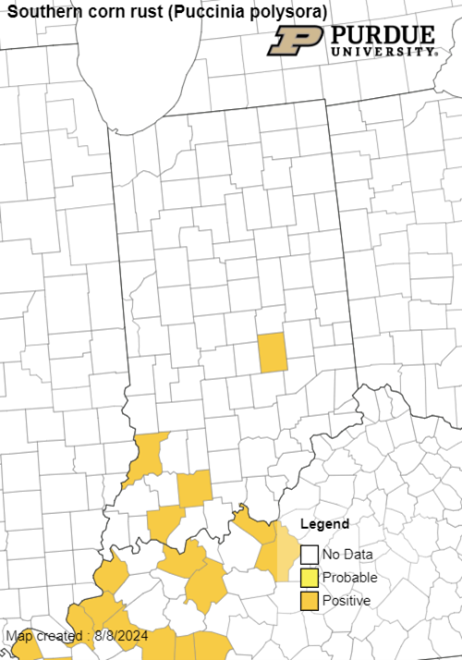
Southern corn rust has now been confirmed in four counties (Knox, Dubois, Warrick, and Shelby) this week in Indiana (Figure 1). While tar spot continues to be documented across the state (Figure 2). I suggest if you have not gotten out and looked for these diseases now is the time. Even if your corn is approaching black layer it will be important to document tar spot in your fields for the future disease management decisions. There are currently 41 counties with a positive confirmation of tar spot (Figure 2). As we are learning this season when we have had favorable environmental conditions there may be pockets of tar spot even in areas that have not seen the significant yield impacts previously. In the map all gray counties indicate that tar spot was found in the county in previous seasons. I have been getting many questions on if a late season[Read More…]
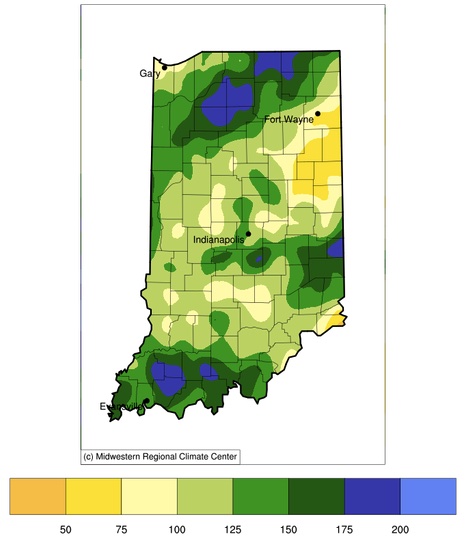
After a period of hot and humid weather where heat indices reached triple digits in some locations, we welcome cooler than normal temperatures for the next several days. It is still summer, though, so sweaters, mittens, and scarves will not be necessary! There were a few temperature records broken over the August 5-6, 2024, period, but surprisingly none otherwise across Indiana. What a nice reminder that we are usually hot and humid this time of year! In fact, the July 2024 average daily temperature (as well as the average daily maximum and minimum temperatures) were very close to normal. Does this mean global climate change is not real? Absolutely not! The key word there is “global” and while the average temperatures for the month were near normal, the variability and extremes illustrate how much the atmosphere has been agitated. Which brings us to precipitation. July’s precipitation was well above normal[Read More…]

In several weeks, some livestock producers will be chopping whole-plant corn that will be placed in an anaerobic environment so fermentation can occur. During the ensiling process, toxic gasses of nitrogen dioxide (N02) and nitrogen tetroxide (N204) are produced when nitric oxide comes in contact with oxygen. Nitrates that have not been converted to true protein are the source of nitrogen oxides. Nitrates accumulate in plants when drought and/or when excess nitrogen is present in the soil. Nitric oxide is colorless and nitrogen dioxide is reddish brown. These gases have caused permanent lung damage in people; and have killed both livestock and humans. Greatest concern is the first few days after putting the chopped forage in the silo structure or bag. However, care should be taken for ten days after packing occurs. These silo gases float down a tower silo chute and into a barn or confined area. Whenever toxic[Read More…]

Diverse types of sorghum provide many opportunities for use as a valuable forage resource. Sudangrass and sorghum x sudangrass provide valuable grazing opportunities in the summer months; they can also be ensiled as traditional chopped silage and baleage. Forage sorghum is a good alternative to corn silage, particularly on droughty soils and where the tar spot fungus has been problematic on corn. A news release regarding the forage sorghum field day to be held on September 10 was prepared by Ashvini Malshe with Purdue Agricultural Communications follows. Please share the opportunity with others about the field day. WEST LAFAYETTE, Ind. – Purdue University Extension will host a Forage Sorghum Field Day on September 10 at the Feldun-Purdue Ag Center (FPAC) in Bedford, Indiana. “Compared to corn, forage sorghum has attributes of being more drought tolerant, has less nitrogen requirements and no host relationship with the tar spot pathogen,” said Keith[Read More…]

As folks get out to inspect corn ears, especially in northern counties where western bean cutworm is a greater concern, they will find “little black bugs,” especially where kernels are damaged. Their presence is in response to previous damage to kernels, which includes insect and/or bird feeding, hail, etc. In addition, hybrids with short ear husks seem to be more prone to exposing kernels, making easy access for rootworm and Japanese beetles to compromise ear tip kernels while feeding on silks. These small, opportunistic insects are feeding on decaying kernels and subsequent molds, NOT directly damaging the crop. They are simply fulfilling their niche in the cycle of life, “clean up in Aisle 3.”
********LAST REMINDER********* **********Forms are due August 9, 2024*********** The 2024 OISC Clean Sweep Pesticide Disposal participant form is attached and available via the OISC website at the link below. Clean Sweep Pesticide Disposal Link: https://oisc.purdue.edu/pesticide/clean_sweep.html If you are planning on participating in the program, please complete the attached 2024 OISC Clean Sweep participant form and return the form to me via the contact info on the form. Please keep the info form as that form has the dates and locations. If you are an organization, such as Extension, Purdue Pesticide Programs, Solid waste Districts, Recycling districts, media and other organizations please forward the attached participant form onto all interested parties. The program would not be a success without all you do getting the word out!
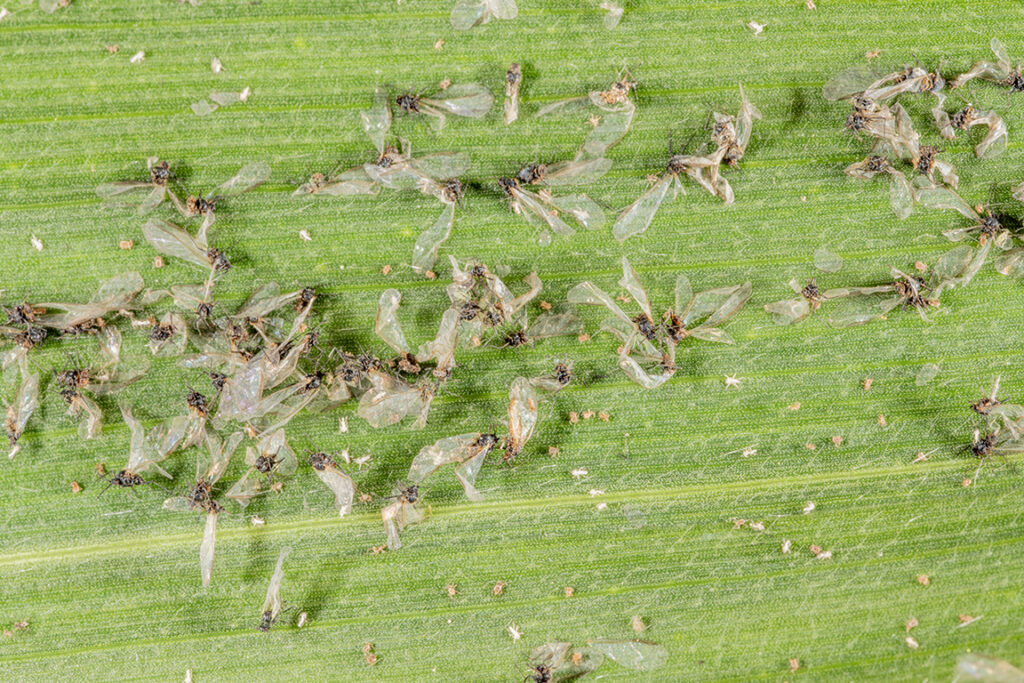
Corn leaf aphid (CLA), is typically an occasional presence in cornfields within the Midwest – they can be found in most fields closer to harvest time, when corn is starting to senesce and they don’t/can’t have much impact. They are typically not a pest of concern during the summer months. This year is different! In Indiana and throughout the Midwest, this aphid has made its presence known this year. We don’t know all the reasons why this year’s populations have been so much worse, but it is very likely progression of remnants of Hurricane Beryl from south to north (July 8 and 9) distributed winged aphids throughout our region; this is a common route of aphid transport. Since last week’s Pest&Crop article, winged aphids have been found on multiple plants/crops, including many that CLA are unable to feed on. This morning while running the dog in the yard, John Obermeyer[Read More…]
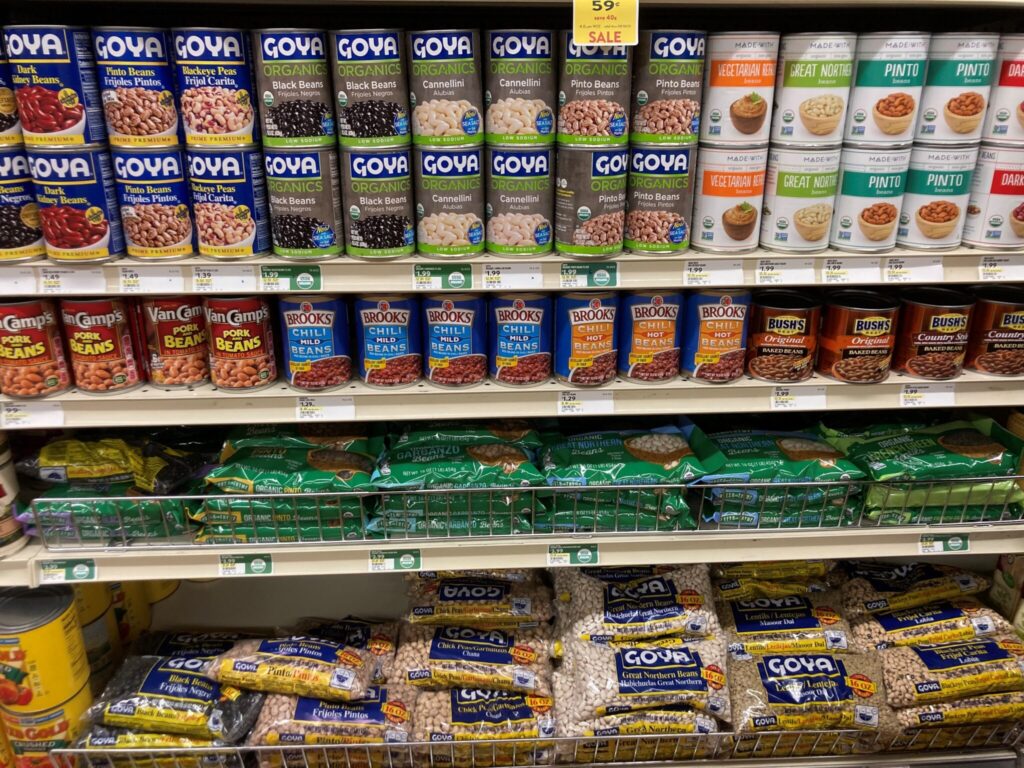
Many times, I get frustrated when I go to the grocery store. The task seems simple enough; purchase a can of beans. The problem for me as I stare up and down the bean shelf is there are too many darn bean choices. Some are no spice, low spice, medium spice, or hot spice. Some are white beans, red beans, black beans or brown beans. Beans are labeled by Company A through Company G. Some are higher price, moderate price or lower price. The beans are canned, in glass, or in a plastic bag. After complete evaluation, I make my decision on what bean type I am going to buy after too much valuable time has passed. Then, I need to move up the aisle and do the same thing with corn and carrots. Needless to say, but I will, “I don’t like to shop for groceries”. I hope you[Read More…]
© 2025 Purdue University | An equal access/equal opportunity university | Copyright Complaints | Maintained by Pest&Crop newsletter
If you have trouble accessing this page because of a disability, please contact Pest&Crop newsletter at luck@purdue.edu.